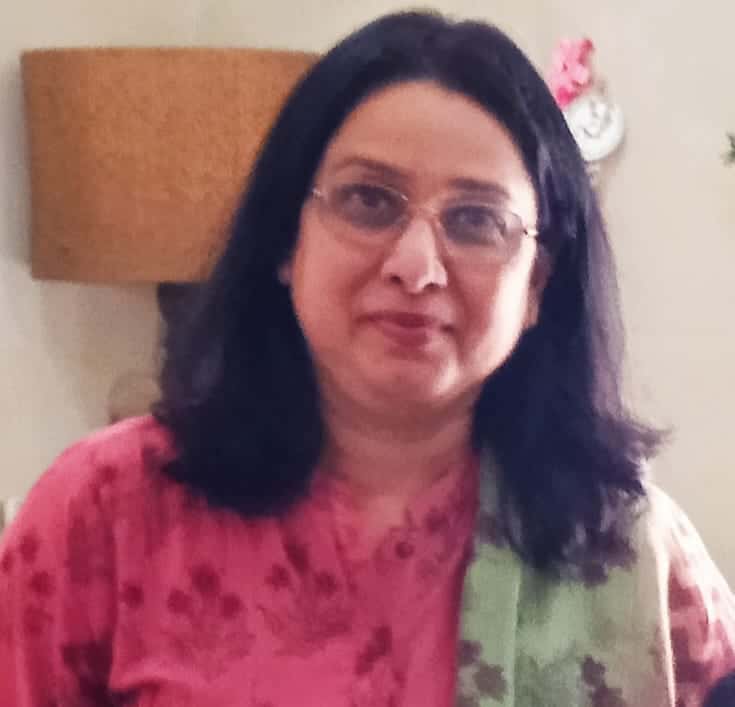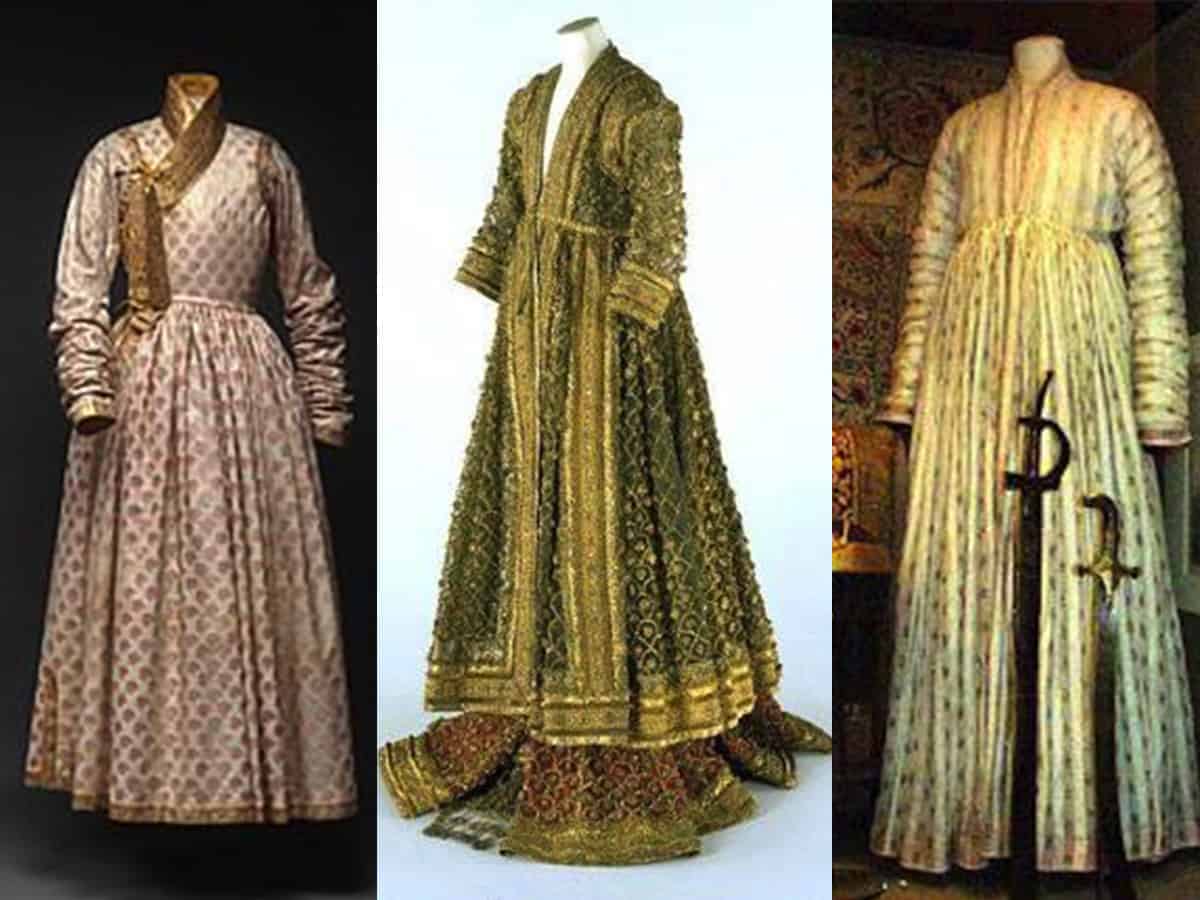
I am not part of many WhatsApp groups. But there is one group by the name of Heritage Buffs that interests me. The discussion in the group is generated on matters related to history, culture and heritage, which form some of my pursuits in life. Just the other day there was a passing reference on this group to the question of poisoning in historical lineages. This triggered a curiosity in me to find out more. I stumbled upon some fascinating historical nuggets which reminded me of the American thriller Contagion directed by Steven Soderbergh which suddenly was reported to have become unavailable in the wake of the infamously famous Corona virus the world is struggling to fight amidst the rising panic.
It may sound queer, but the rapid progress of a lethal airborne virus or poison or venom that kills within days was an unexpected method adopted in poisoning of heirs in earlier societies. Generally, in many ancient and medieval societies the law of primogeniture and in some cases the law of ultimogeniture prevailed. In such situations, other offspring used to be compensated with privileges and material advantages. Sometimes, greedy siblings and step mothers were responsible for poisoning legitimate heirs. Interestingly, the role of the harem was important in both bringing up royal children as well as protecting the interests of heir-apparent. Nannies and wet nurses were persons held in confidence and were often deputed to carry out tasks of such nature.
While we discuss this rather sombre issue of how heirs were poisoned, can we imagine the role of the ornamental khilat or the robe of honour in executing such a task? To answer this question, we need to understand how the khilat was so salient in imperialist traditions in India in the medieval times. And how it could become a medium of poisoning in Indian imperial families as reported by European travellers and later even by the British imperialist historians through their deadly clothing tales.
Generally, in medieval polities, the nobles were looked upon as close associates of the king, which was symbolic of an organic relationship with their ruler. The Oriental despot, as F.W. Buckler notes, “personified four rites, which symbolized this incorporation: first, the bestowing of a khilat or robe of honour; second, the giving of nazar or offering; third, the holding of common assemblies or banquets and last, the terminology used in appointments. These rites and symbols carried the strength of binding the people to the ruler.” The khilat was particularly important not for its intrinsic value but for the fact that it had been worn by a ruler and then given to a noble. Buckler observes, “….was exercised in virtue of this incorporation into the royal person by means of succession established by physical contact through royal clothing.” The khilat was a symbol of the idea of continuity or succession and that the continuity rested on the basis of physical contact between the body of the recipient and body of the donor. It indicates that the king being a representative of his rule is incorporating into his body the persons who share his rule. Those thus incorporated were not his subordinates but became part of him. Nazar typically was a term applied to gold coins in Arabic and in Persian it means a vow. It was offered in the form of coins to and by the ruler and was the officer’s acknowledgement that the ruler was the source of wealth and well-being. The value of the khilat-nazar far transcended its present market value and took on the character of heirlooms. They were to be stored, maintained from generation to generation and displayed on special occasions. The symbolic power of the robe and its acceptance by the nobleman implied incorporation and subjection. The recipient acknowledged remaining submissive to the ruler by accepting a khilat. The sultan’s position by virtue of his oath of office contributed significantly to the degree of support he received from his subjects. The terminology that was used in referring to the nobles automatically instilled a sense of loyalty and support to the throne. In Persianate societies like those of the Mughals and Deccan’s sultans, nobles were bestowed high sounding designations and titles and also made part of the courtly procedures, elaborate ceremonies, rituals, festivities and celebrations performed by the royalty from time to time.
Hence, the khilat, a garment which was worn on the outermost side and was most visible, embodied a token of closeness, gratitude, respect, appreciation or recollection of some significant event. Symbolically speaking, the process of giving and taking a robe of honour transferred a condition (such as authority) on the receiver. But this was not all; gifts of apparel even drew on the function of maintaining enmity as one could never be sure of the real intention of receiving a khilat.
Historian Stewart Gordon who has worked extensively on the khilat tradition of honorific robing prevalent in South Asia in the pre-colonial and colonial periods, says the Arabic term khilat first appears in the eighth and ninth centuries, when the bestowal of garments became both common and institutionalised. Marco Polo, the Venetian merchant and explorer and Ibn Batuta, the early fourteenth-century Berber Moroccan scholar and explorer give various accounts of the world of robes of honour. Presentation of robes were common among Hindus and Muslims in India, in Muslim courts of northern India and in the Hindu courts of Rajasthan at least two centuries before the Mughal Empire was founded in 1526. The Mughals from the time of Babur popularized this existing tradition. By the reign of Humayun, who came to the throne in 1555, the number of robes given out increased dramatically. But references to poisoned khilats come up only from the time of Akbar (1556-1606) and prevail till the end of Aurangzeb’s rule in 1707.
Other than adorning the body and symbolically being metaphors of power, as Bernard Cohn, the American anthropologist and scholar of British colonialism in India, points out that khilats were a medium through which substances could be transferred. His study of cultural phenomenon makes a khilat open to manipulation. Examples of robes used to dishonour, insult, trick and harm are replete in early modern Indian history. Michelle Maskiell and Adrienne Mayor argue that “a khilat could be a loyalty test or a contest of wills…..one could manoeuvre a rival into accepting a khilat that hid hypocrisy, treachery, even poison.” During the Mughal era, robes of honour became routine; the exchange of expensive khilats became an established tradition with very high stakes. They were bestowed on large numbers of nobles on regular occasions throughout the year, such as solar and lunar New Year and the king’s solar and lunar birthday, Idd, the anniversary of succession, important social ceremonies, and promotion into the mansabdari system and promotion within it. At succession time, this balancing was particularly difficult which is reflected in Jahangir’s memoirs, the Tuzuk-i-Jahangiri. Rumours and legends about fatal coronation ceremonies embodied the hidden malice of the giver and projected facts about secretly poisoned clothing doing away with the khilat tradition’s agreed-upon rules. It is no surprise that in hostile situations, the robe of honour became a weapon to destroy enemies. The risk inherent in accepting a robe was increased by the awareness that cloth could actually carry contagion; the practice of giving contaminated clothing to outsiders was a traditional folk ritual which could spread fevers and epidemics that raged in medieval times. Thus, while the Rajputs, Mughals, Deccan’s sultans, Vijayanagar Rayas, Marathas, Nawabs of Awadh and British in India on the one hand used the khilat ceremony extensively which was, common and central to diplomacy and kingship in India, they also feared contamination and contagion, either symbolic or real, through the custom of presenting khilats or robes of honour.
Salma Ahmed Farooqui is Professor at H.K.Sherwani Centre for Deccan Studies, Maulana Azad National Urdu University, Hyderabad. She is also India Office Director of Association for the Study of Persianate Societies (ASPS).

